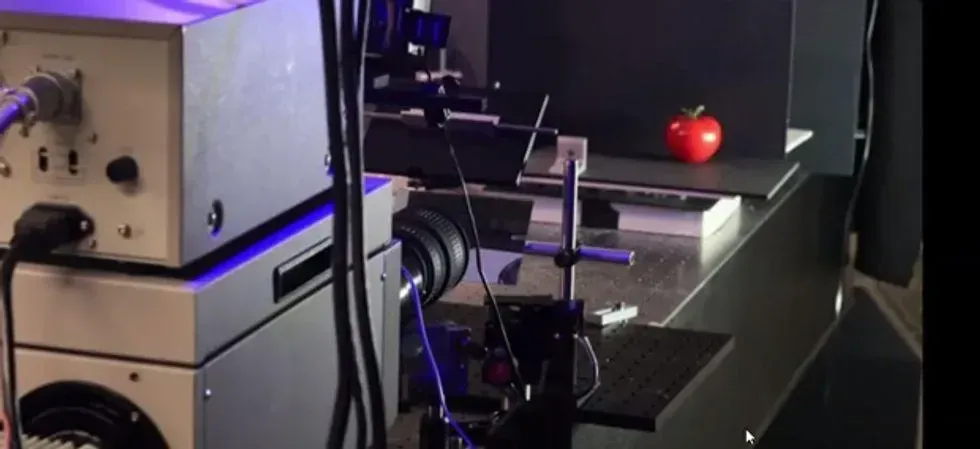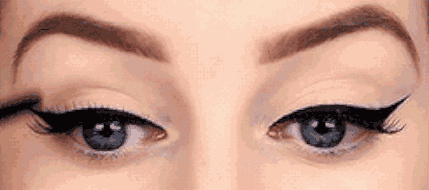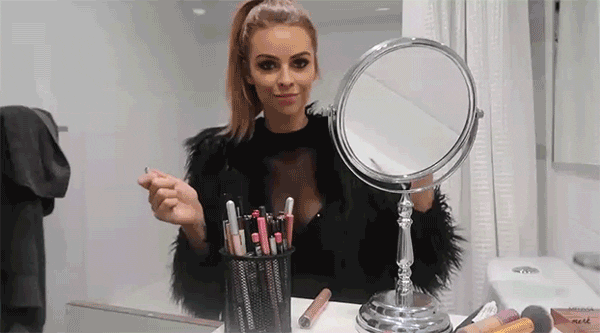The bright side of Beijing's pollution? You can make actual bricks out of smog and clay.
Beijing is in dire need of some fresh air.
In a symbolic gesture to show just how dirty Beijing's skies have become, one man decided to make the problem a bit more ... tangible.
Wang Renzheng, whose artistic name is Jianguo Xiongdi, or "Nut Brother," walked around Beijing with a vacuum cleaner a few hours every day literally sucking the smog out of the city's air.
His goal? To make a brick out of his collection.
And he succeeded.
There it is. The brick. Photo by Dong Dalu/CFP, used in a video by Wochit News/YouTube.
On Nov. 30, 2015, after 100 days of collecting smog, the 34-year-old took the gunk that built up in his vacuum, mixed it with some clay, and baked it into a brick, The Huffington Post reported.
"I want to show this absurdity to more people," Renzheng explained, according to The Guardian. And while it's not clear exactly how much clay coagulant went into the final product, we do know that the air around Beijing contains 20 to 40 times more pollutants than the recommended "safe" amount of carbon, dust, and gunk — so take that as you will.
GIF via Wochit News/YouTube.
Renzheng's work certainly isn't the first time Beijing's pollution problem has been thrown into the spotlight.
Just this past September, the Internet's jaw dropped after seeing before-and-afters like this one.

The city had banned cars for two weeks ahead of a big celebratory parade, and the results were seriously incredible.
Or, take the 2008 Olympics in Beijing, when American athletes were spotted arriving at the capital's airport wearing face masks in preparation for the city's poor air quality. The story blew up and China was certainly embarrassed.
Keeping the Earth green and the skies blue has been a tricky feat in China.
Economic growth has meant more and more cars on the road, which, coupled with an over-dependence on coal and lax environmental laws, has routinely buried Beijing's skyline (and iconic monuments) in a haze of gray.

It's safe to say the Chinese capital has a major smog problem ... especially lately.
In recent days — coincidentally, right as leaders from around the world (including China) have convened in Paris to strategize a global approach to fight climate change — air pollution levels in the city are the worst they've been since February 2014.

That's why Renzheng's brick-gone-viral is gaining traction at the perfect time — and you can add to the discussion, too.
With the UN climate talks happening in Paris right now, Renzheng's successful callout of Beijing's smog crisis is the perfect symbol of the dire need to slash global carbon emissions — now.
One way you can help? Sign this petition from the League of Conservation Voters to support America's Clean Power Plan — the "first-ever common sense limits on the amount of carbon pollution power plants can spew into our air."
Bold legislation like the Clean Power Plan can make a (literal) world of difference.
Don't believe it? Check out Renzheng's story here:














